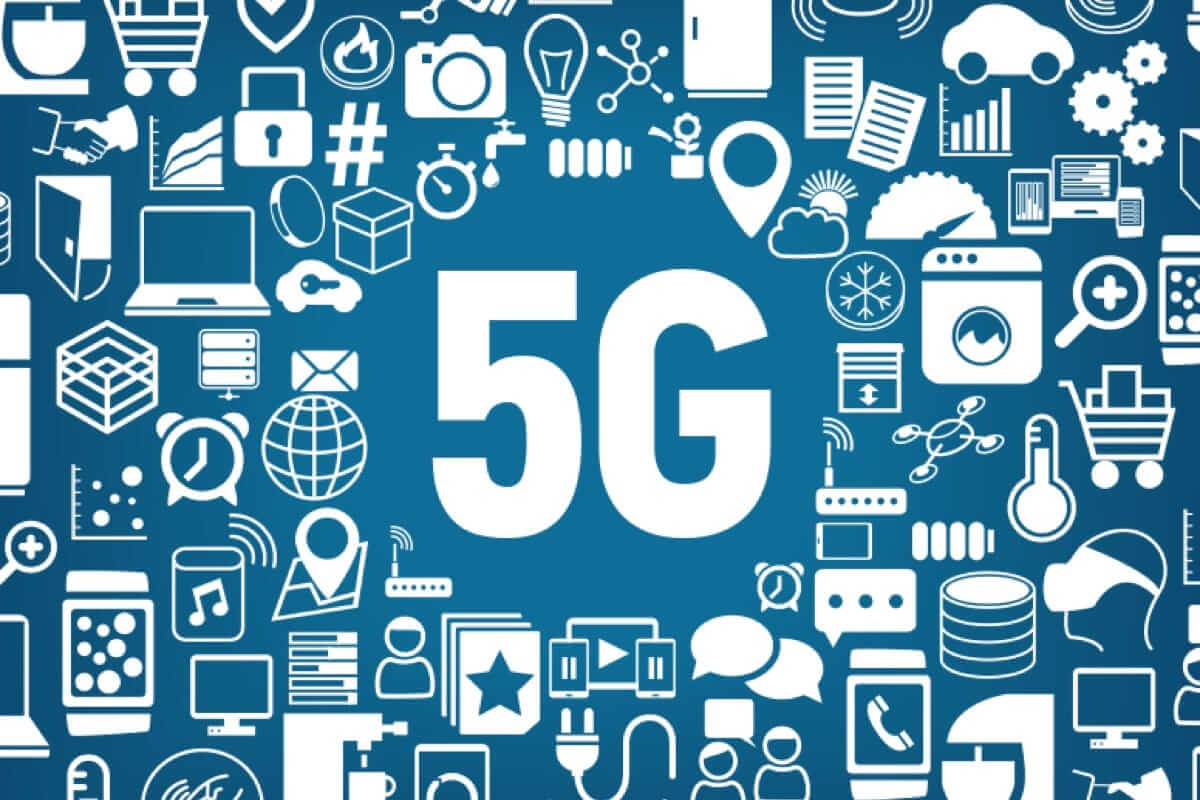
Many people constantly complain that they have slow Internet and they don’t have enough. Therefore, operators and manufacturers of equipment from day to day trying to increase the users speed. On turn speed Gigabit fine, and they are already closer than we think.
To start is to decide that the existing speed is enough, if the network is free. That is for mobile Internet 50MB/s is a great indicator, and they will last for listening to streaming audio and view the video in 4K. Even 20 Mbit/c the majority is enough.
But all this is good only in ideal conditions when users are not many and the network is able to share data with such speed, and it already brings back to life and says that all is not well with the speed because to reach them in real life, especially in places of a mass congestion of people.
This is partly why manufacturers invested in increasing the speed of the network. But that’s not the only reason. So what in the end need a higher connection speed?
The prospect of large files
You can argue with what was said above about the adequacy of speeds of 50 Mbps, because nothing is in place and the file size also increases. Just a few years ago we had a memory of 8 GB, now the device memory is less than 64 GB is not even considered seriously.

That is why we can safely say that in the near future the volume of information has grown, and the need to constantly have access to it will become even more acute. This will especially be important with the further development of cloud storage.
The increase in the number of users
It is no secret that the pace of growth in the number of smartphones has declined in recent years. This is due to the saturation of the market, but this does not mean that further growth in the number of active users will not. Many of those who use smartphones, not immediately began to explore all their options, and now the ease and accessibility of modern services actively encourages this process.
In the end, the increase in the number of active subscribers will lead to the fact that in places of a mass congestion of people the speed will fall further. The development of high-speed networks in this case will contribute to the overall capacity of the network, and each user will get more speed than if all had shared a smaller bandwidth.

An example might be a large sports event, e.g. football world Cup or the Champions League final. At the crucial moment many people will want to run the stream in Instagram, or simply upload videos, but will not be for everyone. Many have met with this problem and know how slow the Network in such places. That’s why the speed increase 10-20 times will have a significant impact on the comfort of the visitors of the event.
The development of the Internet of things
The Internet of things is the development affected by the above problems related to the growth of the number of active devices. She, too, will lead to significant growth in traffic consumption. If home appliances will be connected via Wi-Fi, then, for example, a car that will have access to the Internet, will require the mobile network and he will need a reliable connection, as this in particular may affect security.

Maybe something else?
This is not a complete list of the factors that require a higher speed connection. In the end, we should not forget that access to the Network for us has become like air. When it is, we do not notice it, but it’s worth it to lose, at least not for a long time, and we begin to experience serious discomfort.
Even a recent study by German scientists has shown that more than half of young people are experiencing stress under even a second delay of the connection. From the older generation these figures are several times higher, but still not exceed a few seconds. With this stupid argument, we all love it when a site opens too long, although 15 years ago were happy that he is opening.
What is being done for the development of networks
Last week in Ufa MTS company together with Ericsson and Qualcomm Technologies, inc. (a subsidiary of Qualcomm Incorporated) launched the first in Eastern Europe really working LAA Gigabit network.
This step was an important step on the way to the networks of the fifth generation. That is why the presentation of the new network much has been said about its benefits, and in General, that is the technology LAA-networks.

The first new generation equipment were installed in the shopping center “planet” in the centre of Ufa, a joint effort of Ericsson and Qualcomm in the framework of the project of MTS network upgrade. Therefore, there took place the presentation and demonstration of new products. The demonstration took place on the example of Moto Force Z2 smartphone with Snapdragon processor 835 and X16 LTE modem — the first commercial chip supporting LAA. As a result, on the basis of test download, the smartphone is allowed to reach a speed of 979 Mbps.
After demonstration of the equipment at the place of presentation has shifted in a separate hall, where representatives of MTS, Ericsson and Qualcomm Technologies, Inc. spoke in detail about the techniques of LAA-networks, perspectives and answered questions from the assembled journalists.

What is the advantage of the new technology?
To achieve such a high speed was made possible through the use of several new technologies, such as aggregation of frequencies in the licensed and unlicensed spectrum, 4×4 MIMO and 256 QAM.
All of the technologies at the presentation, explained on a simple example with a truck carrying boxes on the way. It was clear and understandable.
Under the aggregation refers to the use of frequencies in the licensed band LTE 1800 MHz and three bands of 20 MHz each in the 5 GHz unlicensed spectrum. In the demo the example of trucks on the road is compared with the extension of the roadway and, as a consequence, acceleration and delivery of data packets.

4×4 MIMO technology complements the aggregation of frequencies and allows you to add multiple threads to transfer data. This is true in light of the fact that the frequencies cannot be aggregated indefinitely and to use them more fully. Returning to the trucks, this is compared with the capacity levels of the road, which in the end can drive more cars.
An additional contribution is made by technology 256-QAM, which is due to “load the trucks” up to 30 percent denser, and therefore, further increase the throughput and speed of delivery.

All these technologies significantly increase the speed of the network and allow it to reach Gigabit order, and, importantly, the new equipment has very compact dimensions that allow you to install it literally on lampposts, without changing the appearance of the city.
This is not the 5G
Actually, to avoid confusion, it is worth noting that LAA is not much relationship to the networks of the fifth generation. It is rather a serious step in the direction of 5G, but yet it is not 5G.
However, to work in the LAA network will need smartphones that can provide it. For example, to work with 4×4 MIMO will require an additional pair of antennas in the phone.

It is solved, and some devices already support the LAA, including: Samsung Galaxy S8/S8+, U11 HTC, LG V30, Sony Xperia XZ1 and many others but the list will only grow. The use of technology should not influence the cost of the smartphone.
Network deployment
As a test bed when deploying LAA-networks were chosen Ufa, and it is not a coincidence. According to MTS, in this city a large number of 4G users, and bandwidth consumption for the year increased more than twofold, which indicates the users ‘ interest in new technology and the need for high speeds.

Therefore, MTS in cooperation with Ericsson and Qualcomm Technologies, Inc. chose Ufa as a testing ground for new technologies. However the user always have statistics on the use of smartphones and communication standards as well as the requirements of network coverage. Based on these data, the company will expand the geographic coverage of the LAA networks, first and foremost, they come in those regions where will be most in demand. And it will happen very soon. While it’s not 5G, but even such a growth rate, available to simple users, is impressive.
We are ready for Gigabit mobile Internet
Artem Sutyagin